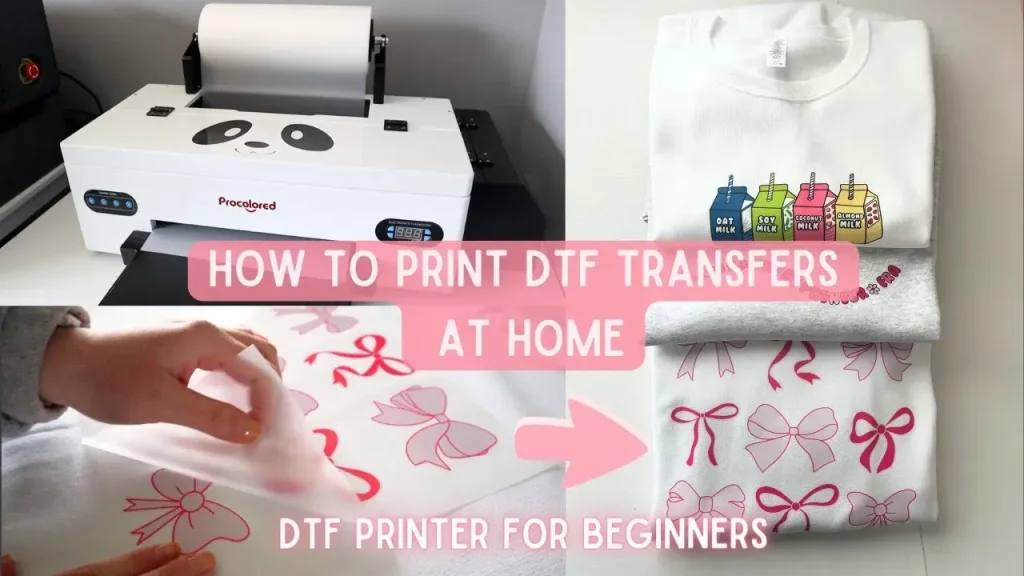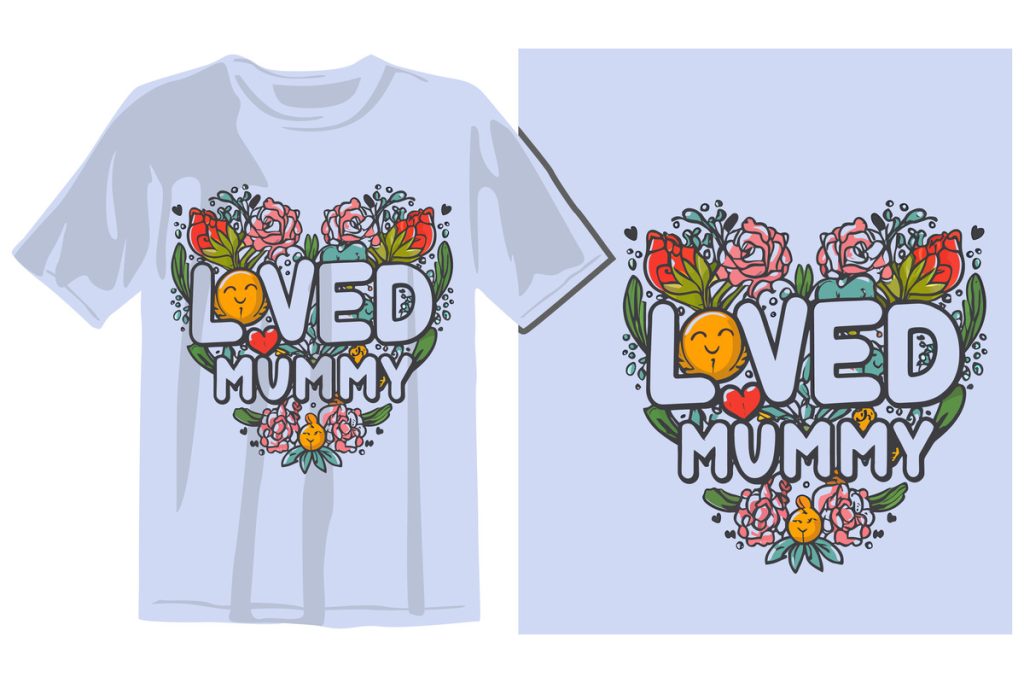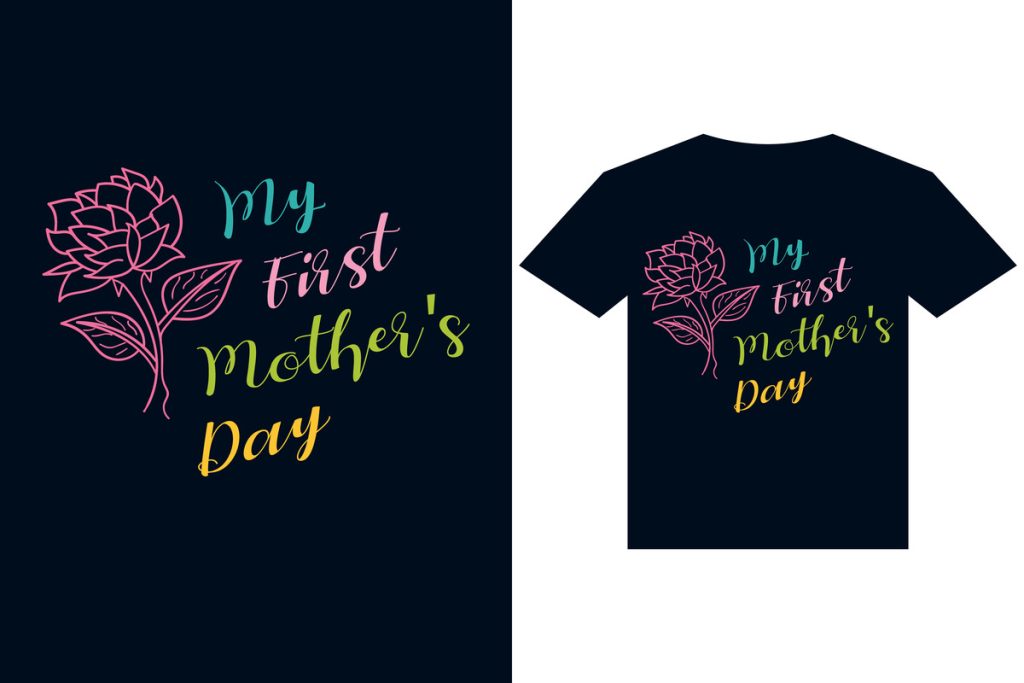DTF Transfers for Beginners is an exciting introduction to the world of custom printing that promises creativity and versatility. If you’ve ever wanted to transfer stunning designs onto fabrics, DTF (Direct to Film) printing offers a unique approach that is perfect for newcomers. This method stands out from traditional printing techniques like sublimation, allowing you to print on various materials, including cotton and polyester. As you explore DTF printing, you’ll discover essential tips and tricks that can guide your journey, such as understanding the use of gang sheets for efficient design placement. With recent advancements in technology, DTF has become more accessible than ever, opening doors for both hobbyists and small business owners alike.
For those venturing into the realm of direct-to-film transfers, it’s important to grasp the essentials of this modern printing method. Often referred to as custom transfer printing, DTF enables users to design and print high-quality images onto a special film, which can then be heat pressed onto different fabrics. Unlike alternative methods such as traditional sublimation, which require specific fabric types, DTF’s ability to work with various materials sets it apart. As you delve deeper, specialized techniques like gang sheets will play a crucial role in optimizing your production processes. With the right DTF printing tips and resources, beginners can quickly become adept in this innovative craft.
Understanding DTF Transfers: A Beginner’s Essential Guide
DTF transfers, or Direct to Film transfers, have garnered significant attention due to their flexibility in application and vibrant output. Unlike traditional methods that limit users to specific fabric types, DTF printing is compatible with a variety of materials such as cotton, polyester, and blends. This broad compatibility not only makes it suitable for custom apparel but also for items such as promotional products and home decor. As a beginner, grasping the foundational aspects of DTF printing can ignite your creativity and help you leverage this technology to its fullest potential.
Moreover, the DTF printing process itself is uniquely efficient. Once designs are printed onto the special film, an adhesive powder is applied and set through heat pressing, resulting in strong and durable graphics. This innovative approach has made DTF printing a favorable choice for those just starting in the custom print industry, as it streamlines production while maintaining quality. Understanding these core principles of DTF transfers will teach you what to expect from your prints, aiding in better decision-making for your projects.
DTF vs Sublimation: Which is Better for Beginners?
When considering custom apparel printing, one often debates between DTF printing and sublimation. Both techniques boast unique benefits, yet they cater to different needs and fabric types. DTF printing excels in versatility; it can be printed on a variety of fabrics without restriction, while sublimation primarily works with polyester and white or light-colored garments. For beginners exploring customized prints across multiple fabric types, DTF offers a significant advantage.
In addition, sublimation requires specific equipment and understanding of dye processes, which can be daunting for newcomers. On the other hand, DTF printing keeps the entry barriers lower. Beginners can easily get started with readily available printers and supplies without investing in high-end sublimation technology or specialized inks. Ultimately, understanding the differences between DTF and sublimation will empower you to select the printing process that aligns best with your creative goals and fabric choices.
Key DTF Printing Tips for Beginners to Succeed
Embarking on your DTF printing journey requires a proactive approach to ensure optimal results. One essential tip is to invest in quality materials, including DTF-specific printers and high-grade inks. Using the right equipment makes a notable difference in both the quality and durability of your prints. Additionally, don’t underestimate the importance of testing your designs on fabric samples before committing to larger runs—this practice can save time and resources down the line.
Another valuable tip for DTF beginners is to practice creating gang sheets. By printing multiple designs on a single sheet, you can maximize film usage and minimize waste—an efficient strategy when starting out. Proper understanding of design software also plays a crucial role; familiarizing yourself with tools like Adobe Illustrator will empower you to create crisp, appealing designs that translate beautifully onto materials. These tips are the stepping stones to successful DTF printing.
Exploring Gang Sheets in DTF Printing
Gang sheets are an innovative aspect of DTF printing that beginners should master for both efficiency and cost-effectiveness. This technique allows multiple designs to be printed simultaneously on a single sheet, reducing material waste while optimizing production time. For those just starting out, utilizing gang sheets can be particularly beneficial, as it streamlines the printing process and allows for a wider array of products to be created without needing to print each design separately.
Moreover, employing gang sheets not only cuts costs but also improves workflow—perfect for beginners who are still learning their way around equipment and design nuances. Ensuring correct spacing between designs and proper alignment can lead to professional-looking results right from the outset. Familiarity with this technique can significantly enhance your productivity as you advance in your DTF printing skills.
Setting Up Your DTF Printing Workspace
Creating a dedicated workspace for DTF printing is pivotal for maximizing your efficiency and creativity. Make sure your space is organized and equipped with the necessary tools: a reliable DTF printer, a quality heat press, specialty films, and powders should all be within reach. An uncluttered workstation not only fosters productivity but also helps you manage various printing projects more effectively.
Additionally, ensure that your workspace has good lighting and ventilation, which can enhance your design and printing experience. Keeping these practical aspects in mind will lead to a smoother workflow and inspire greater creativity as you manipulate designs and materials. As you grow more comfortable in this environment, you will find it easier to experiment and innovate with your DTF printing projects.
Engagement and Networking in the DTF Community
Networking within the DTF printing community is an invaluable resource for beginners. Participating in online forums and groups allows you to exchange ideas, share techniques, and solve problems collaboratively. These platforms often host discussions about troubleshooting common issues and tips, which can be particularly helpful as you navigate your early ventures into DTF printing.
Moreover, engaging with others in the community can lead to opportunities for collaboration and partnership. Many experienced DTF printers are willing to share their insights and best practices, which can dramatically accelerate your learning curve. Networking not only enriches your knowledge but also fosters a sense of camaraderie that can make your DTF journey more enjoyable and fruitful.
Frequently Asked Questions
What are DTF transfers, and how do they work for beginners?
DTF transfers, or Direct to Film transfers, involve printing designs onto a special film using DTF ink. After printing, an adhesive powder is applied, and the film is heat-pressed onto various fabrics. This method allows beginners to create vibrant, durable designs on materials like cotton, polyester, or blends, making it ideal for custom transfer printing.
What is the difference between DTF printing and sublimation printing for beginners?
DTF printing differs from sublimation printing in that it can be used on a wider array of fabrics, including cotton and blends, while sublimation primarily works with polyester. For beginners, DTF provides more versatility, allowing for custom designs on various apparel types without being limited to specific fabric materials.
How can gang sheets benefit beginners in DTF printing?
Gang sheets are an efficient way for beginners to maximize their output in DTF printing. By printing multiple designs on a single sheet, beginners can save material and reduce costs while learning the intricacies of custom transfer printing. Using gang sheets helps streamline the production process and enhances creativity.
What are some essential DTF printing tips for beginners?
Beginners should start by setting up a dedicated workspace, familiarize themselves with graphic design software, and test their designs on different fabrics before large runs. Additionally, investing in a reliable DTF printer and using quality inks will significantly enhance print quality and durability.
What types of fabrics are best for DTF transfers for beginners?
DTF transfers work well on various materials, with cotton, polyester, and fabric blends being the most suitable for beginners. Understanding fabric types is crucial as they influence the final print quality and adherence of the DTF transfer, so experimenting with different textiles is highly recommended.
How can beginners learn more about DTF printing and connect with others in the community?
Beginners can enhance their DTF printing skills by joining online communities, forums, or social media groups dedicated to DTF printing. Engaging with fellow enthusiasts provides valuable insights, troubleshooting tips, and shared resources, all of which can help new users navigate their DTF printing journey more effectively.
| Key Point | Description |
|---|---|
| DTF Transfers Definition | A process of printing designs onto film with DTF ink that can be heat-pressed onto fabrics. |
| Versatility | Can be used on various fabric types including cotton, polyester, and blends. |
| Recent Developments | New services like DesignBundles.net and Snuggle DTF enhance accessibility and production speed for DTF users. |
| Key Concepts for Beginners | Understanding gang sheets, suitable fabrics, and printer selection is crucial for mastery. |
| Starting Your Journey | Set up an organized workspace, learn design software, practice, and test designs for best results. |
Summary
DTF Transfers for Beginners offer an exciting opportunity to explore the world of custom apparel printing. With its straightforward process and compatibility with a range of fabrics, DTF printing allows newcomers to unleash their creativity effectively. Recent advancements in the DTF market have further simplified the workflow, proving beneficial for both hobbyists and small business owners looking to offer unique designs. By understanding key concepts such as gang sheets and adapting to best practices, beginners can confidently embark on this rewarding journey, creating vibrant and lasting prints that cater to personal or commercial needs.



